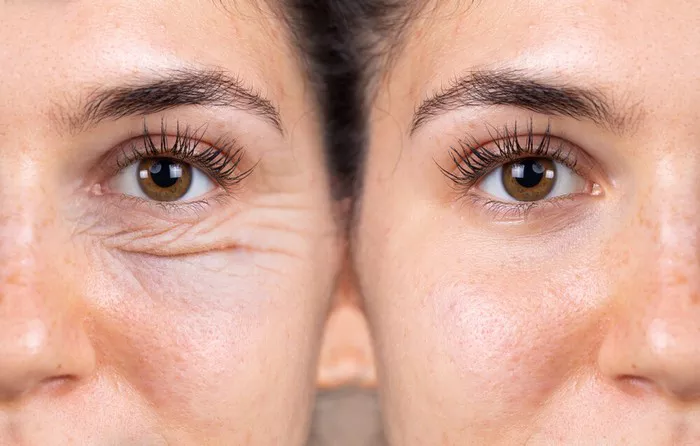Eye bag removal, technically known as lower blepharoplasty, is a cosmetic surgical procedure designed to rejuvenate the appearance of the eyes by addressing under-eye bags and puffiness. While this procedure is increasingly sought after by individuals looking to achieve a more youthful and refreshed look, concerns about its safety often arise. In this comprehensive article, we will explore the safety of eye bag removal, the procedure itself, potential risks, and essential considerations for those considering this cosmetic surgery.
Understanding Eye Bag Removal
Eye bag removal, or lower blepharoplasty, is a surgical procedure that focuses on the lower eyelids. It can address various concerns, including:
Under-Eye Bags: The procedure removes or repositions excess fat and tissue responsible for the appearance of under-eye bags or puffiness.
Excess Skin: Lower blepharoplasty can also remove excess skin, which can contribute to a tired or aged appearance.
Smoothing Wrinkles: In some cases, the surgery can help smooth out fine lines and wrinkles in the lower eyelid area.
Eye bag removal is performed by a skilled plastic surgeon who tailors the procedure to the patient’s unique facial anatomy and aesthetic goals. It can be performed on its own or in combination with other facial rejuvenation procedures.
Is Eye Bag Removal Safe?
Eye bag removal is generally considered a safe procedure when performed by a qualified and experienced plastic surgeon. However, like any surgical procedure, it carries some inherent risks and considerations.
Safety Factors:
Surgeon’s Expertise: The safety and success of eye bag removal largely depend on the surgeon’s skill, experience, and expertise. It is essential to choose a board-certified plastic surgeon with a proven track record in performing eyelid surgeries.
Medical Evaluation: Before undergoing surgery, patients typically undergo a comprehensive medical evaluation to assess their overall health and suitability for the procedure. This evaluation helps identify any underlying health conditions that could affect the surgery’s safety.
Anesthesia: Eye bag removal is often performed under local anesthesia with sedation or general anesthesia. The choice of anesthesia is based on the patient’s health and the surgeon’s recommendations, and it plays a crucial role in ensuring a safe surgical experience.
Facility Accreditation: The surgery should be performed in an accredited surgical facility, adhering to strict safety standards and protocols.
Patient Education: A crucial aspect of safety is informed consent. Patients should have a clear understanding of the procedure, its potential risks, and the expected outcomes before proceeding with surgery.
Potential Risks and Considerations:
Bleeding: Like any surgical procedure, eye bag removal carries a risk of bleeding during or after surgery. Surgeons take precautions to minimize this risk, and patients are closely monitored during the recovery process.
Infection: While rare, infections can occur following surgery. Proper sterile techniques and post-operative care are essential in preventing and managing infections.
Scarring: Lower blepharoplasty may result in visible scars, although surgeons aim to place incisions in discreet locations to minimize scarring. Scars can vary in appearance and may take time to fade.
Dry Eyes: Some patients may experience temporary dryness or changes in tear production after the procedure. These symptoms are typically managed with eye drops and resolve over time.
Asymmetry: Achieving perfect symmetry in cosmetic surgery can be challenging. There may be slight differences in the appearance of the eyes post-surgery.
Undercorrection or Overcorrection: In some cases, the surgical outcome may not fully meet the patient’s expectations. Undercorrection may result in persistent under-eye bags, while overcorrection can lead to a hollow or sunken appearance.
Recovery: Patients should be prepared for a period of recovery, which includes swelling, bruising, and discomfort. Following post-operative care instructions is essential for a smooth recovery.
Conclusion
Eye bag removal, or lower blepharoplasty, is generally a safe and effective procedure for addressing under-eye bags, puffiness, and signs of aging in the lower eyelid area. The safety and success of the procedure depend on factors such as the surgeon’s expertise, patient selection, and adherence to medical protocols.
Before undergoing eye bag removal, individuals should consult with a board-certified plastic surgeon who can assess their suitability for the procedure and provide detailed information about the potential risks and expected outcomes. With proper patient education, skilled surgical techniques, and diligent post-operative care, eye bag removal can help individuals achieve a more youthful and refreshed appearance while maintaining safety as a top priority.


